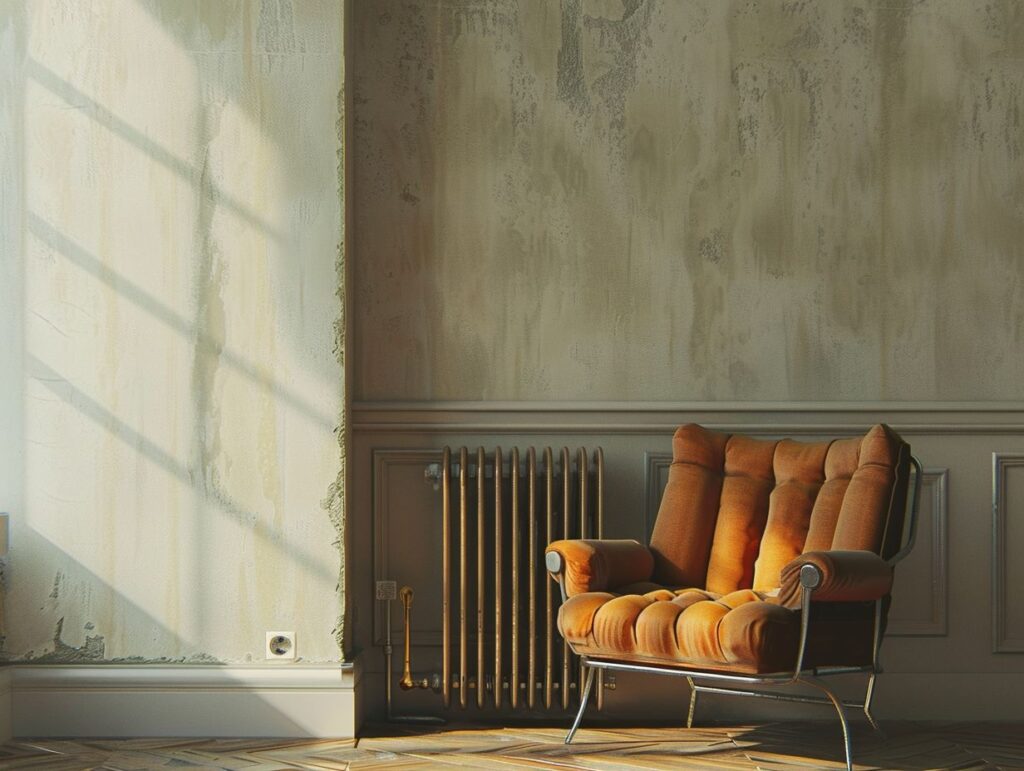If you are considering upgrading your heating system to enhance efficiency and improve heat distribution in your home, Type 22 radiators may be the solution you are seeking.
This article will delve into what Type 22 radiators entail, the advantages of upgrading to them, key factors to contemplate before transitioning, a detailed guide on how to upgrade, and recommendations for maintaining and troubleshooting these contemporary radiators. Keep reading to uncover how Type 22 radiators can elevate your home heating experience.
Key Takeaways:
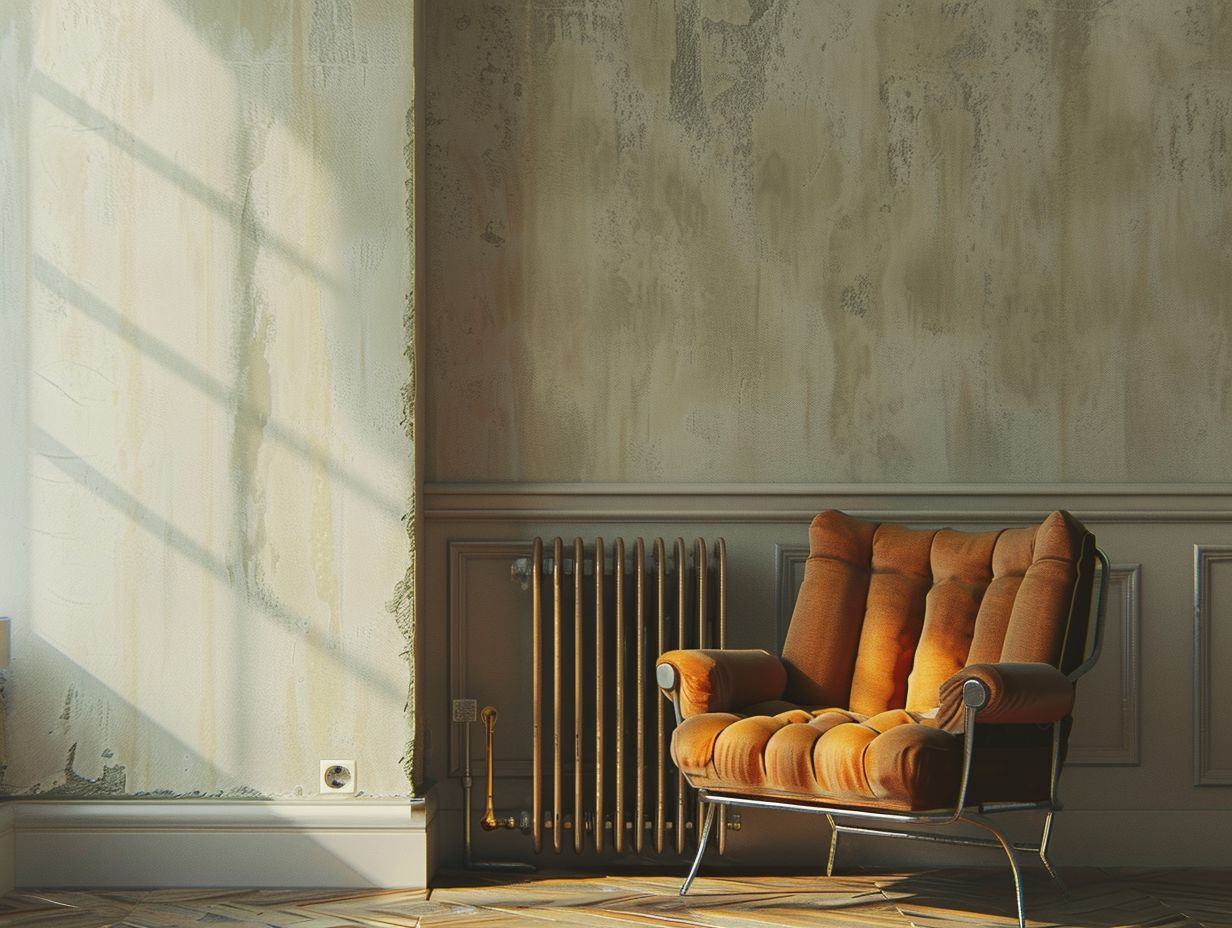
- Upgrading to type 22 radiators can improve efficiency and heat distribution, as well as provide modern design options.
- Before upgrading, consider compatibility with existing heating system and the cost and installation process.
- To maintain and troubleshoot type 22 radiators, follow proper maintenance tips and be aware of common issues and solutions.
Benefits of Upgrading to Type 22 Radiators
When you upgrade to Type 22 Radiators, you benefit from improved efficiency in heat distribution and gain access to a range of modern design options that can elevate the look of any room.
These radiators are engineered to conserve energy by effectively dispersing heat throughout the entire area, leading to reduced heating expenses in the long run. The sleek and elegant design of Type 22 Radiators brings a touch of refinement to your home decor, offering various colour and finish selections for customisation.
You have the opportunity to personalise your radiators to align with your interior design preferences, crafting a cohesive and tailored appearance that enhances the overall ambience of your living space.
Improved Efficiency and Heat Distribution
One of the key benefits of upgrading to Type 22 Radiators is the improved efficiency in heat distribution. When you opt for these radiators, you can expect a consistent heat output throughout the room, ensuring optimal energy utilisation.
Their unique construction allows for better heat conduction, resulting in quick warm-up times and maintaining a comfortable temperature for longer periods.
By evenly spreading heat across the surface area, Type 22 Radiators prevent overheating in certain spots and eliminate cold draughts in others, creating a cosy atmosphere.
This functionality not only enhances the overall comfort of the space but also contributes to significant energy savings by reducing the need for constant adjustments or overheating, ultimately leading to a more sustainable heating solution.
Modern Design Options
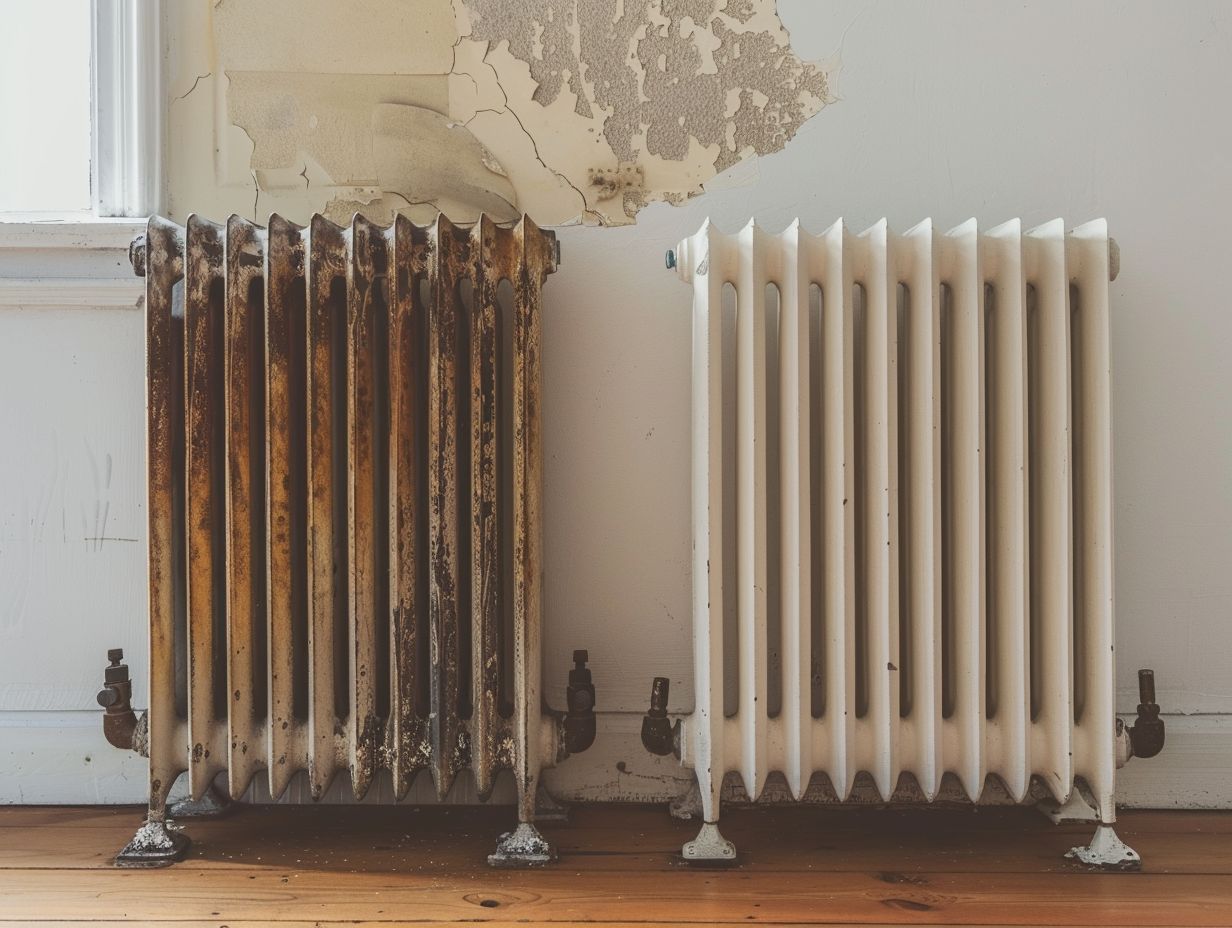
One of the key reasons why you should consider upgrading to Type 22 Radiators is the wide range of modern design options available that can complement the decor of any room. These radiators effortlessly balance both style and functionality, elevating the overall aesthetic appeal of the space.
When opting for Type 22 radiators, homeowners are presented with a plethora of aesthetic choices to align with their individual preferences. Ranging from sleek and minimalist designs to more intricate and traditional styles, these radiators can seamlessly fit into any interior theme.
The customisable features enable a personalised approach, ensuring that the radiator not only acts as an efficient heating solution but also adds a distinctive flair to the room.
Whether your preference leans towards a striking statement piece or a subtle addition that harmonises with the surroundings, Type 22 radiators provide a versatile array of design options to cater to every taste.
Factors to Consider Before Upgrading
Before upgrading to Type 22 Radiators, you should consider various factors such as compatibility with your existing heating systems, the cost implications, and the installation process involved. It is essential to ensure that your current heating system is compatible with Type 22 Radiators to avoid any issues with functionality.
Assessing the cost implications of upgrading to this type of radiator is crucial, as it can vary based on factors like the size of your space and the brand you choose.
Understanding the installation process involved will help you determine if it aligns with your skill level or if professional assistance is required. These considerations will help you make an informed decision when opting for Type 22 Radiators.
Compatibility with Existing Heating System
When upgrading to Type 22 Radiators, it is crucial for you to ensure compatibility with your existing heating system. Homeowners may require the assistance of heating engineers who can evaluate the installation requirements and make any necessary adjustments.
Professional installers are essential in this process due to their technical expertise in conducting thorough assessments of the heating system’s capacity and efficiency.
Before proceeding with the installation of Type 22 radiators, it is imperative to confirm that your system can handle the increased heat output and water flow demands.
In some instances, modifications such as upgrading pipework or adjusting controls may be needed to optimise the performance of the new radiators.
By delegating these responsibilities to trained professionals, you can have confidence that your heating system will operate effectively and efficiently with the upgraded radiators.
How to Upgrade to Type 22 Radiators
When upgrading to Type 22 Radiators, you can follow a systematic step-by-step process to ensure a successful transition. Begin by measuring the existing radiators to determine the correct size required for replacement.
After confirming the size, it is crucial to prepare the installation area by ensuring it is clean and free from any obstacles. Proceed by carefully disconnecting the old radiators while properly draining the system to prevent leaks.
Once removed, position the new Type 22 radiator securely in place and ensure it is level before reconnecting the pipework. Finally, adjust the flow temperatures as per the manufacturer’s guidelines to achieve optimal heat distribution throughout your space.
Step-by-Step Guide
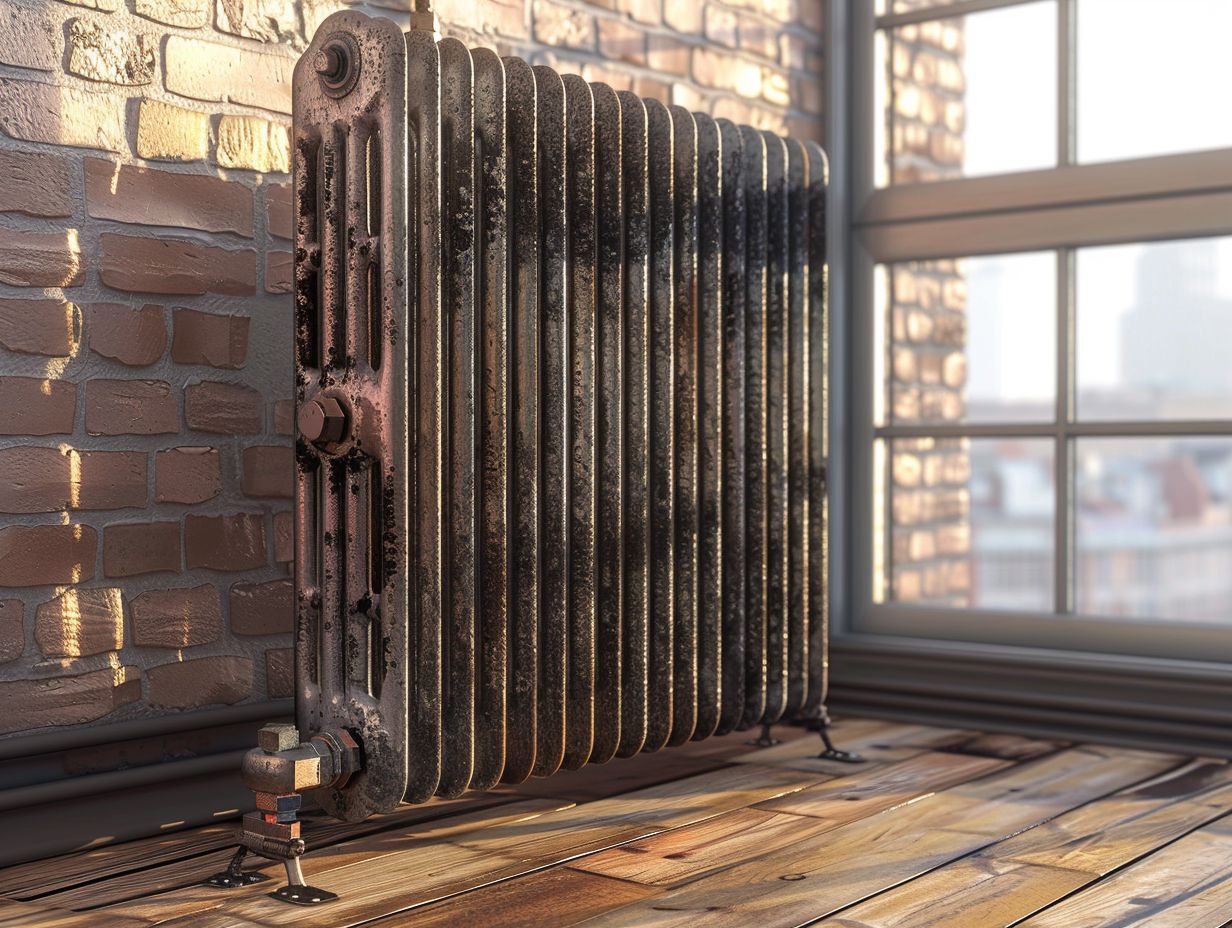
A comprehensive guide to upgrading to Type 22 Radiators should entail a series of steps, which involve carefully selecting the appropriate radiator size, optimising pipework layouts to facilitate efficient heat distribution, and adhering to proper installation techniques to ensure optimal performance.
Upon determining the suitable radiator size for your specific space, the subsequent critical phase entails an assessment of the existing pipework layout. It is imperative to verify that the pipework can accommodate the heightened heat output of the Type 22 radiators.
Factors to consider include the proximity between the radiators and the boiler to minimise heat dissipation and maximise operational efficiency.
A thorough inspection for any leaks or corrosion within the current pipework is essential, as these issues could adversely affect the performance of the new radiators. Implementing requisite adjustments to the pipework will ensure uniform heat dispersion across your residential premises.
Maintaining and Troubleshooting Type 22 Radiators
To keep your Type 22 Radiators in optimal condition, it is crucial to prioritize regular maintenance and troubleshooting. By following specific guidelines, you can ensure that your radiators function efficiently and address common issues promptly.
One key maintenance task for Type 22 radiators is bleeding them on a regular basis to release any trapped air, which can negatively impact heating efficiency.
It is essential to check for leaks in the radiator valves and connections to prevent water damage and uphold proper functionality. Additionally, cleaning the radiator surfaces from dust and debris is recommended to maximise heat output.
During troubleshooting, if you notice that the radiator is not heating up evenly, you may need to adjust the valves or balance the system. By taking a proactive approach to maintenance and promptly resolving any issues that arise, you can extend the lifespan of your Type 22 radiators.
Tips for Keeping Radiators in Top Condition
To maintain Type 22 Radiators in top condition, you need to ensure proper airflow, monitor heat output, and conduct routine measurements to assess radiator efficiency. By following these guidelines, homeowners can preserve the radiators’ performance.
When managing airflow for Type 22 radiators, it is imperative to eliminate any obstructions around the radiator that could hinder air flow.
Regularly clean dust and debris from the fins and vents to uphold optimal airflow. Additionally, consider placing the radiator in a location that allows for unrestricted air circulation.
Monitoring the heat output is crucial for determining the radiator’s efficiency. Utilise a thermometer to assess the radiator’s temperature and compare it against the manufacturer’s specifications.
Regularly measuring the temperature of the incoming and outgoing water can also provide valuable insights into the radiator’s performance.
Common Issues and Solutions
Common issues with Type 22 Radiators may include heat loss, efficiency concerns, and airflow blockages. By understanding these problems and implementing targeted solutions, you can ensure the radiators function optimally.
Heat loss in Type 22 radiators often results from air trapped within the system, preventing optimal heat transfer. To troubleshoot this issue, bleeding the radiators to release trapped air can significantly improve efficiency.
Inefficiencies may arise from sediment build-up within the radiator, hindering heat distribution. Regular maintenance, such as power flushing the system, can help address this problem.
Airflow blockages, commonly caused by debris or furniture obstructing the radiator panels, can be resolved by ensuring proper ventilation and clearance around the radiators.
Frequently Asked Questions
Can Type 22 radiators be upgraded?
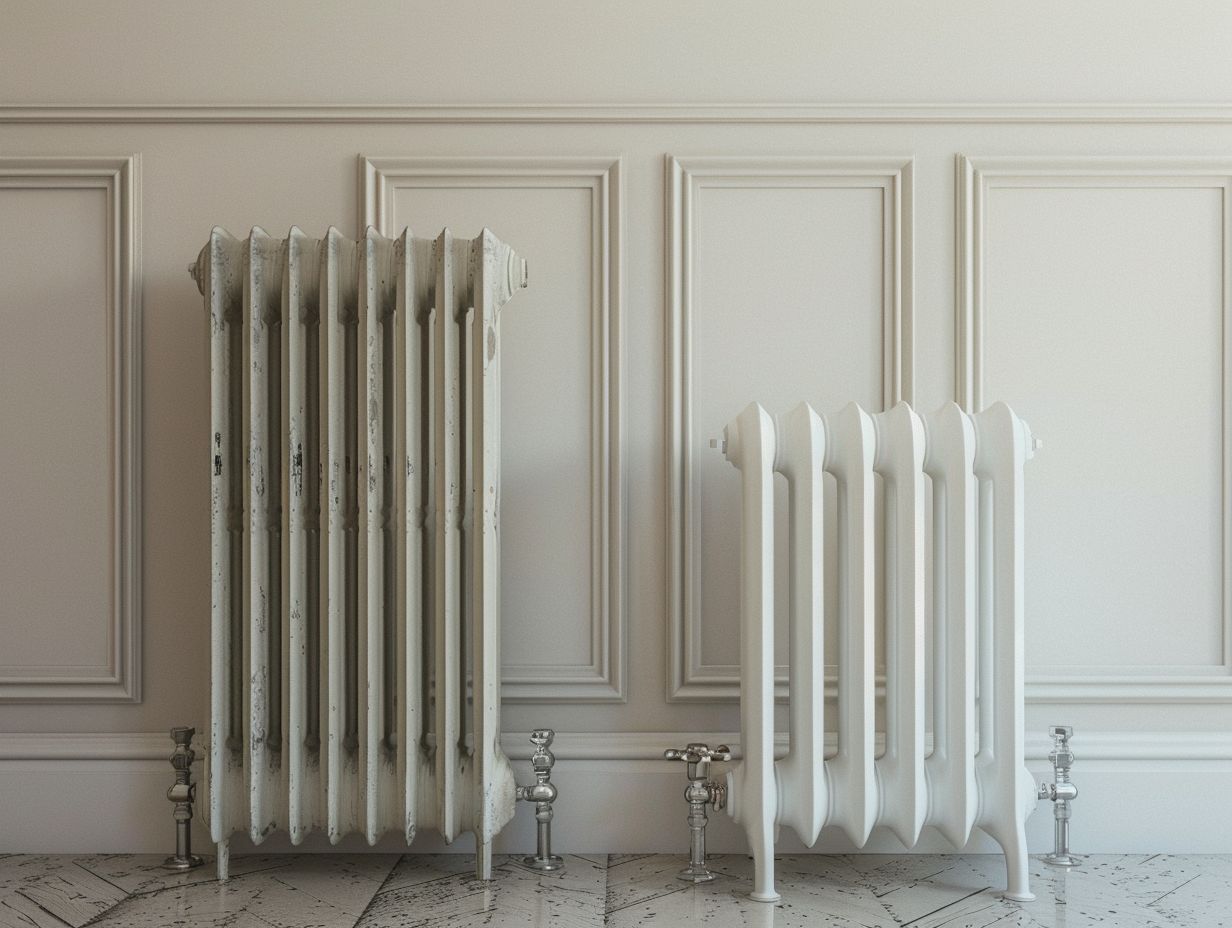
Yes, Type 22 radiators can be upgraded in several ways depending on your specific needs and budget.
What are the benefits of upgrading to Type 22 radiators?
Upgrading to Type 22 radiators can provide increased heat output, better energy efficiency, and a more modern and sleek appearance for your heating system.
What are some common upgrades for Type 22 radiators?
Common upgrades for Type 22 radiators include replacing old radiators with newer, more efficient models, adding thermostatic radiator valves for better temperature control, and installing smart heating controls for increased energy savings.
Can I upgrade my existing radiators to Type 22?
In most cases, yes, you can upgrade your existing radiators to Type 22 by simply replacing the panels and/or convectors with larger ones. However, it is important to consult with a professional to determine if your current heating system is compatible with Type 22 radiators.
How much does it cost to upgrade to Type 22 radiators?
The cost of upgrading to Type 22 radiators depends on several factors such as the size and number of radiators needed, the type of upgrades desired, and installation costs. It is best to get quotes from multiple heating professionals to get an accurate estimate for your specific situation.

